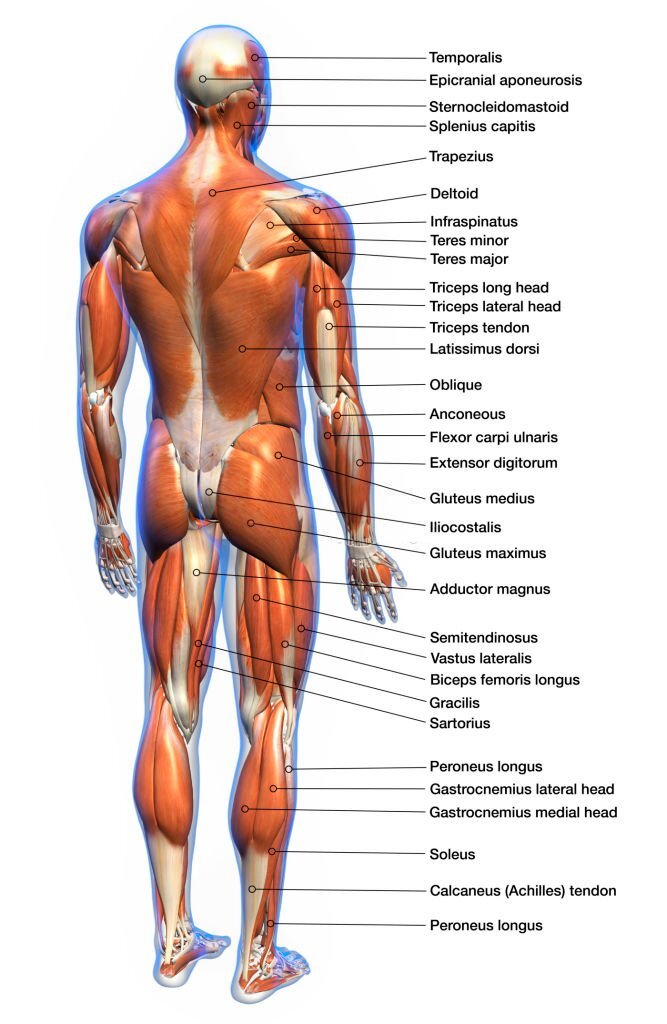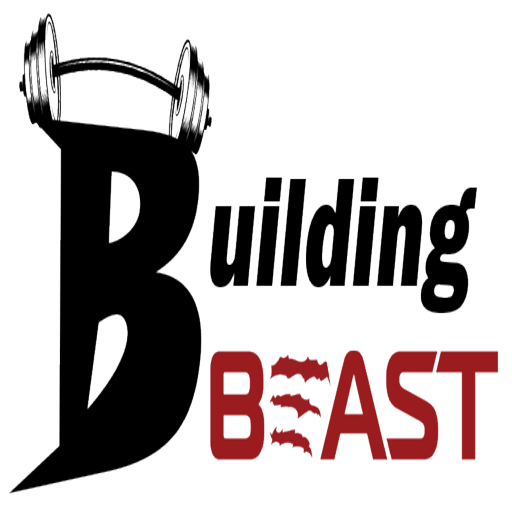Introduction
Upper back muscles play a critical role in maintaining proper posture and overall health. Poor posture can lead to chronic pain, spinal problems, and even breathing difficulties. Fortunately, by engaging in upper back exercises, you can strengthen these muscles and improve your posture. In this article, we’ll cover the top 10 upper back exercises for strength and posture.
Upper back exercises are a great way to strengthen and tone the muscles in your upper back. Not only can these exercises help you achieve better posture, but they can also help reduce the risk of back pain and other spinal problems. In this article, we’ll take a closer look at the top 10 upper back exercises for strength and posture.
The importance of upper back exercises
Many people spend the majority of their day sitting in front of a computer, which can lead to poor posture and weak upper back muscles. By incorporating upper back exercises into your routine, you can strengthen these muscles and improve your posture. Additionally, strong upper back muscles can help reduce the risk of back pain and other spinal problems.
Understanding the anatomy of the upper back

Before we dive into the exercises, it’s important to understand the anatomy of the upper back. The upper back is composed of several muscles, including the rhomboids, trapezius, and latissimus dorsi. The rhomboids are located in the middle of the upper back and help to retract the shoulder blades. The trapezius is a large muscle that spans from the neck to the mid-back and helps to move the shoulder blades. The latissimus dorsi is a large muscle that spans from the lower back to the upper arm and helps to pull the arm down and towards the body. For more details, we will recommend you to go through this guide Click Here.
Upper back exercises for strength and posture
- Pull-ups – This exercise targets the latissimus dorsi and helps to improve upper body strength. To perform a pull-up, grasp a pull-up bar with an overhand grip and pull your body up until your chin is above the bar. Lower your body back down and repeat.
- Chin-ups – Similar to pull-ups, chin-ups target the latissimus dorsi and also work the biceps. To perform a chin-up, grasp a pull-up bar with an underhand grip and pull your body up until your chin is above the bar. Lower your body back down and repeat.
- Lat pulldowns – This exercise targets the latissimus dorsi and helps to improve upper body strength. To perform a lat pulldown, sit at a lat pulldown machine and grasp the bar with an overhand grip. Pull the bar towards your chest and slowly release it to the starting position.
- Seated rows – This exercise targets the rhomboids and helps to improve upper back strength. To perform a seated row, sit at a row machine and grasp the handles with an overhand grip. Pull the handles towards your body and slowly release them back to the starting position.
- Cable face pulls – This exercise targets the rear deltoids and helps to improve posture. To perform a cable face pull, attach a rope to a cable machine at shoulder height. Grasp the rope with an overhand grip and pull it towards your face while keeping your elbows high. Slowly release the rope back to the starting position.
- Dumbbell rows – This exercise targets the rhomboids and helps to improve upper back strength. To perform a dumbbell row, hold a dumbbell in one hand and place the opposite hand and knee on a bench. Pull the dumbbell towards your ribcage while keeping your elbow close to your body. Slowly release the dumbbell back to the starting position and repeat on the other side.
- Barbell rows – This exercise targets the rhomboids and helps to improve upper back strength. To perform a barbell row, hold a barbell with an overhand grip and bend over until your back is parallel to the ground. Pull the barbell towards your chest while keeping your elbows close to your body. Slowly release the barbell back to the starting position.
- T-bar rows – This exercise targets the rhomboids and helps to improve upper back strength. To perform a T-bar row, stand with your feet shoulder-width apart and place one end of a barbell in a corner or landmine attachment. Hold the other end of the barbell with both hands and pull it towards your chest while keeping your elbows close to your body. Slowly release the barbell back to the starting position.
- Inverted rows – This exercise targets the rhomboids and helps to improve upper back strength. To perform an inverted row, set up a bar at waist height and lie underneath it with your feet on the ground. Grasp the bar with an overhand grip and pull your chest towards the bar while keeping your body straight. Slowly release your chest back to the starting position.
- Rear delt flyes – This exercise targets the rear deltoids and helps to improve posture. Hold a pair of dumbbells with an overhand grip to perform a rear delt fly and bend over until your back is parallel to the ground. Raise the dumbbells out to the side while keeping your elbows slightly bent. Slowly release the dumbbells back to the starting position.
Also, check Dumbbell Back Workout – Why is it good for you?
How to incorporate these exercises into your routine
To incorporate these exercises into your routine, aim to do at least two upper back exercises per workout. Start with one or two sets of each exercise and gradually work your way up to three or four sets. Aim to do these exercises two to three times per week.
Common mistakes to avoid
When performing upper back exercises, it’s important to avoid common mistakes. These include using too much weight, using improper form, and neglecting other muscle groups. Always use proper form, start with a lower weight, and be sure to work for all muscle groups evenly.
Conclusion
Strengthening your upper back muscles can help improve your posture, reduce the risk of back pain, and increase overall upper body strength. By incorporating these top 10 upper back exercises into your routine, you can achieve a stronger, healthier upper back.
FAQs
- Can upper back exercises reduce the risk of spinal problems?
Yes, strengthening the muscles in the upper back can help reduce the risk of spinal problems. - How often should I do upper back exercises?
Aim to do upper back exercises two to three times per week. - Should I use heavy weights when doing upper back exercises?
It’s essential to start with a lower weight and gradually work your way up to avoid injury. - What other muscle groups should I work on when doing upper back exercises?
Be sure to work for all muscle groups evenly, including the chest, shoulders, and core, to ensure balanced muscle development.
- Can upper back exercises help with shoulder pain?
Yes, strengthening the muscles in the upper back can help improve shoulder mobility and reduce the risk of shoulder pain. - Can I do these exercises at home or do I need a gym?
Most of these exercises can be done at home with minimal equipment, such as dumbbells and resistance bands. However, some exercises, such as the cable face pull, may require access to a gym. - How long will it take to see results from doing these exercises?
The amount of time it takes to see results will vary depending on individual factors such as frequency of exercise and diet. However, with consistent effort, results can be seen in as little as a few weeks. - Should I consult a doctor before starting an upper back exercise routine?
If you have any underlying health conditions or concerns, it’s always best to consult with a doctor before starting a new exercise routine. - Can these exercises be done by beginners?
Yes, these exercises can be modified for beginners by starting with lighter weights and fewer sets. It’s important to always use proper form and gradually increase the weight and intensity over time. - Are there any alternatives to these exercises for people with mobility issues?
Yes, there are alternatives such as seated rows and resistance band exercises that can be done by individuals with mobility issues. It’s important to consult with a physical therapist or personal trainer for personalized modifications.







